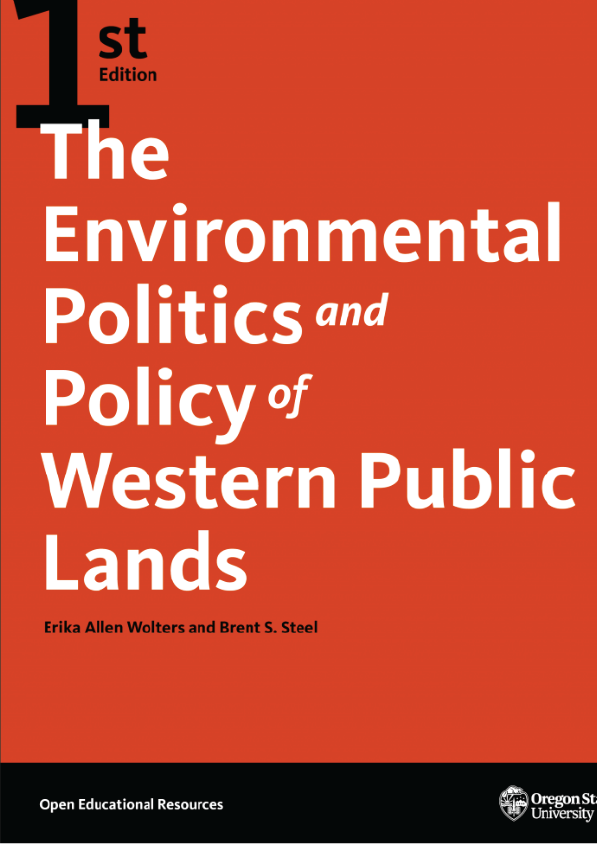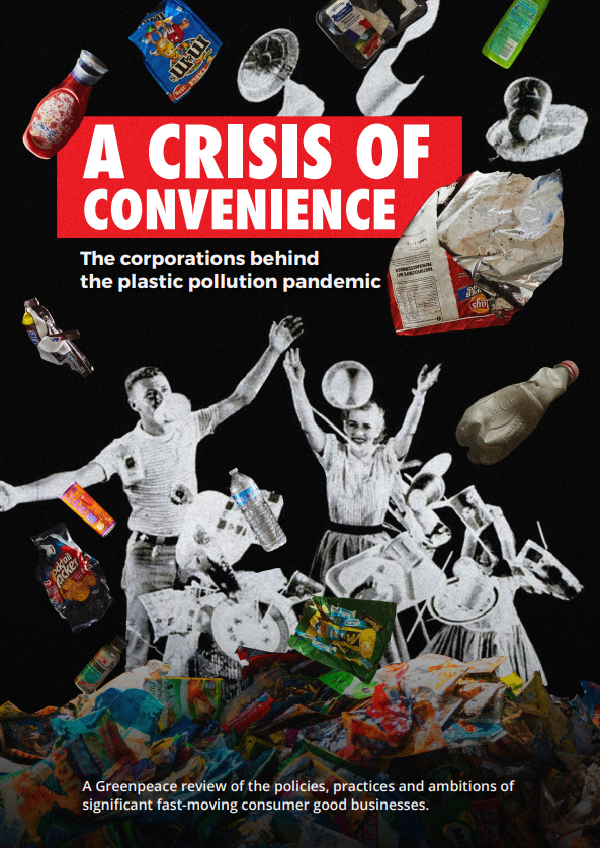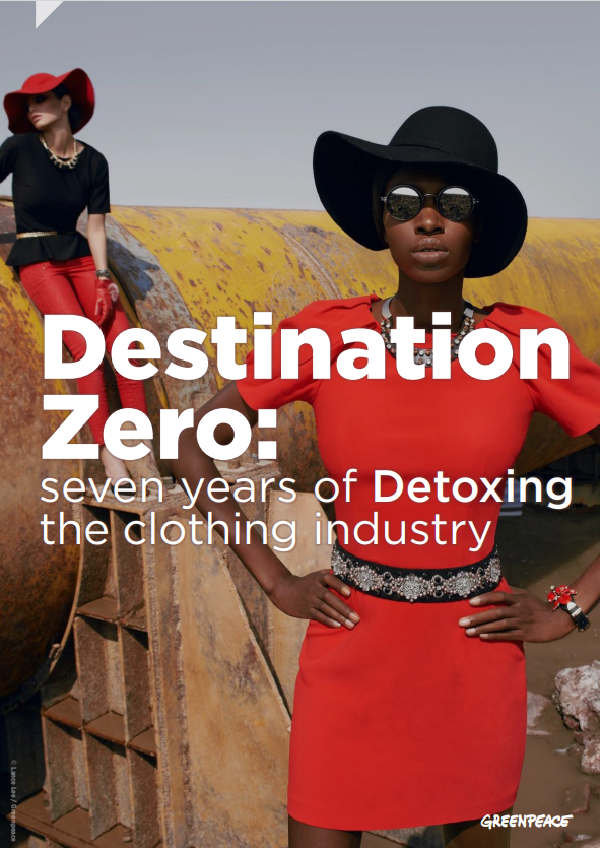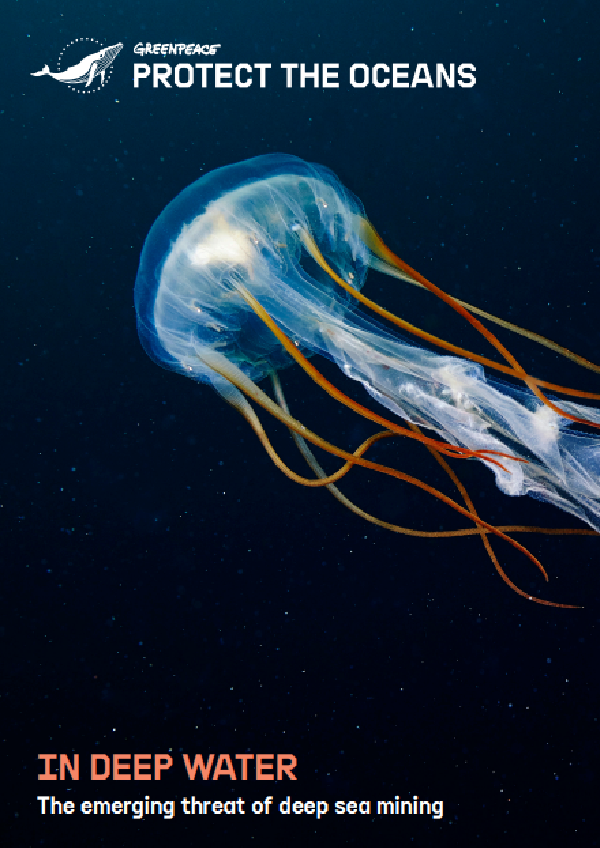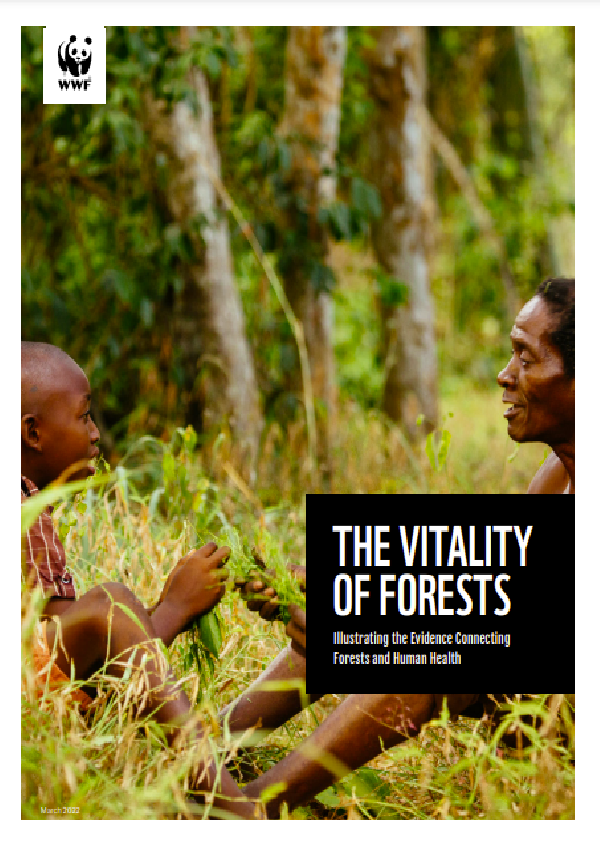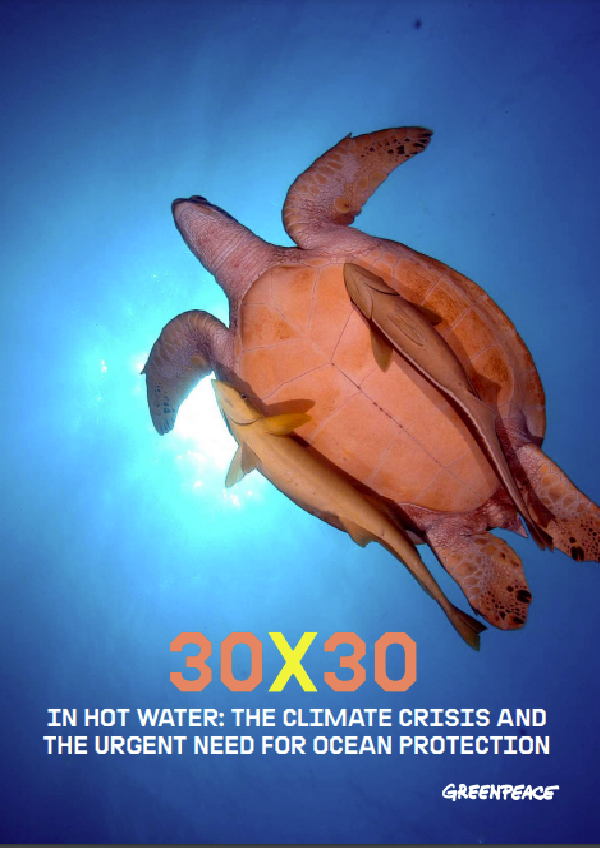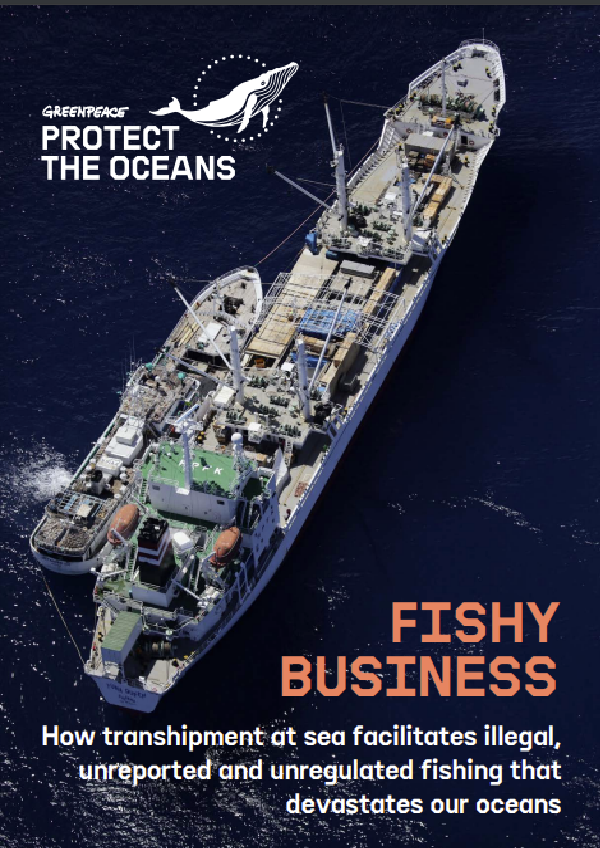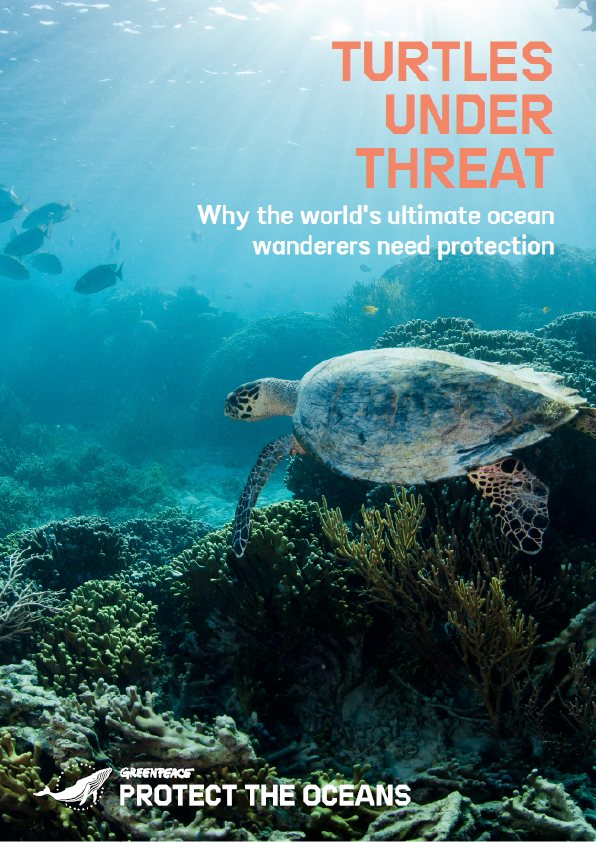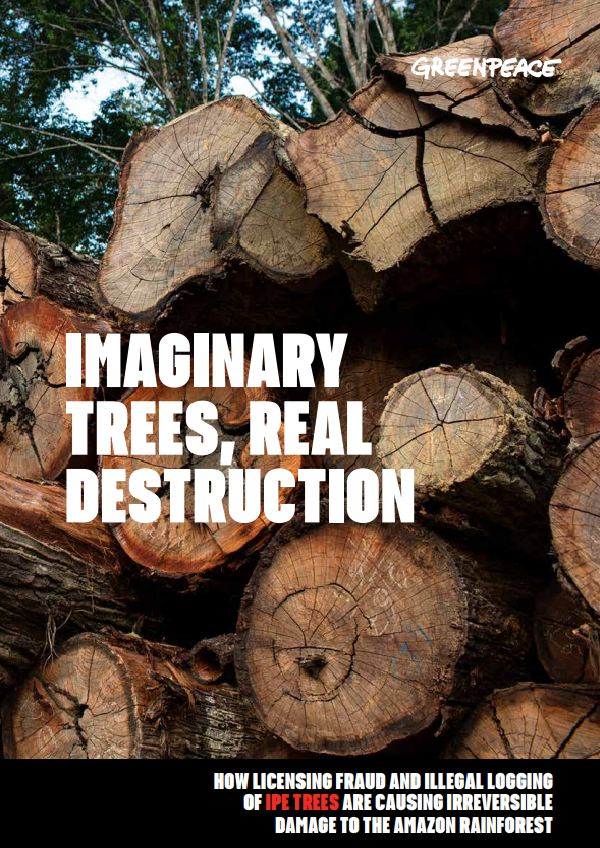Introduction
The western United States was and is a place of stories and of reality. It includes descriptions of the open frontier, rugged individualism, and space to take one’s own path, as well as wilderness and the struggles to overcome this wilderness. As Vice President Lyndon Johnson noted in a 1963 speech, “the West of yesterday is glamorized in our fiction, the future of the American West now is both fabulous and factual.”
The West of the past—the “Old West”—was characterized by legendary heroes such as Jesse James, who stole from the rich but helped the poor, and Horace Tabor, who made a fortune in silver mines. Yet the Old West also included the less glamorous struggles of drought, poverty (Tabor’s wife, Elizabeth “Baby Does,” died poor), and death (Jesse James’s robberies were brutal and at times deadly). Likewise, the current-day “New West” is a place where individuals experience beauty and grandeur in Rocky Mountain, Yellowstone, and Yosemite National Parks, but it is also where growing numbers of people experience homelessness in the urban corridors. Understanding the western United States, particularly what the future “Next West” is likely to encompass, necessitates looking at the big picture of both mythological perceptions and realities of the Old West and the New West.
Change is a constant in the western United States. From manifest destiny to the Sagebrush Rebellion, from ranching to fracking, from boom to bust to boom again, the reality and the image of the western United States are redefined and remade. Despite this persistent change over time, however, much of the land and many of the core characteristics and values of this region remained the same. Thus the contradictions of change and consistency, the layering of the traditional and the modern, the mixing of an identity shaped through narrative and through on-the-ground change are what defines the western United States.
The sheer extent of western public lands is a major factor in both the change and the consistency of the West. Public lands support the social and economic connections to resources provided by the large, open landscapes. But with continued growing populations, related demographic and economic change, and resulting physical change, it appears the western United States is facing its largest transformation yet. The West appears set to experience change that will shift the region not only from sparse populations to fast-growing urban centers and from resource extraction to recreation, but from charted weather patterns to environments affected by extreme weather and alterations in climate. These more extensive shifts will surely affect the environment, including public lands, of the region, transforming its characteristics and the policies that shape its management. What was once a region of tentative balance between the Old West and the New West will likely need to reinvent itself into the Next West. In particular, changes to environmental policies, which affect the public lands of the region, will need to reflect the reality of this transformation while simultaneously working with the Old West and New West narratives and identities.
